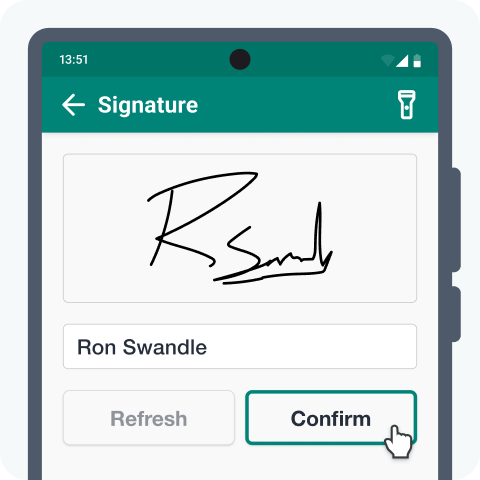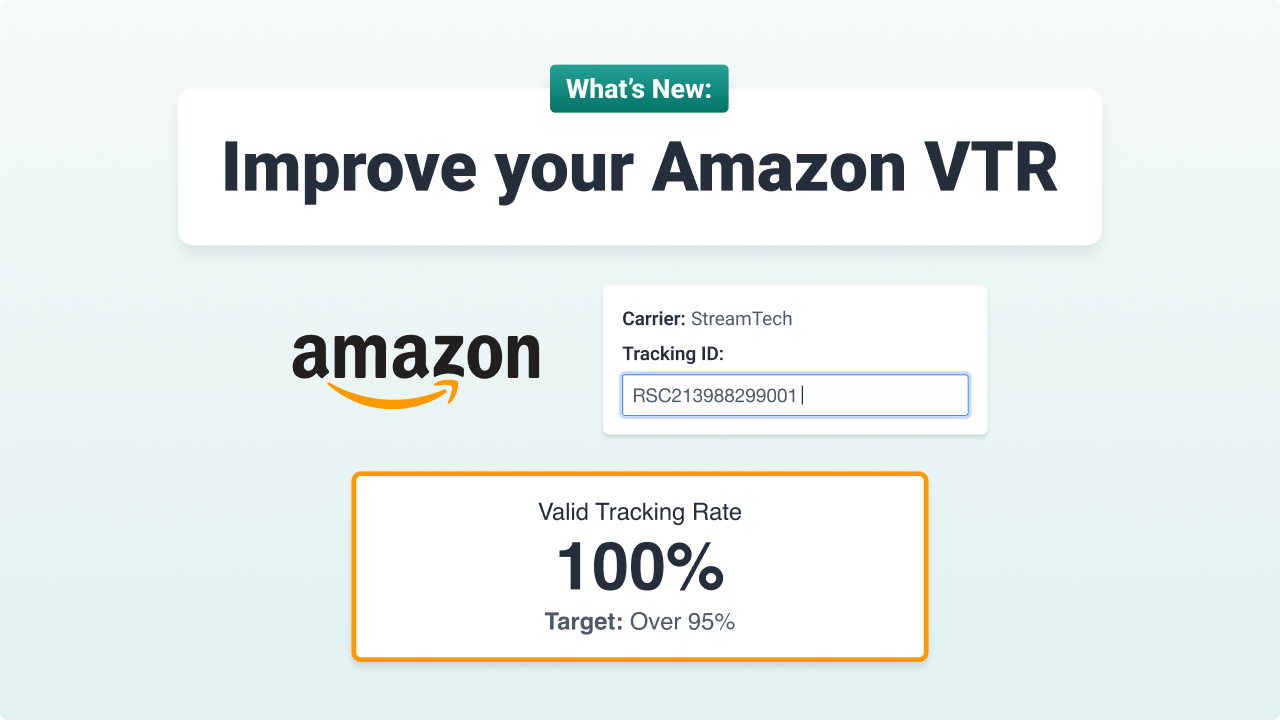In e-commerce, third-party marketplace sellers often operate under strict guidelines and expectations from their logistics partners and the stringent requirements of platforms like Amazon, eBay, B&Q, Etsy, and Temu.
While relying on third-party carriers is convenient, marketplace sellers who invest in their self-fulfilled, own fleet delivery model and a dedicated tracking system gain an unparalleled level of control (and visibility) over their logistics.
This level of control is particularly evident throughout the last touchpoint with the customer, the last mile, directly impacting their bottom line and seller health metrics.
Having tracking control is the key to mastering a number of complex logistical challenges marketplaces present to sellers and maintaining account health on those marketplaces.
Meeting mandatory own fleet delivery tracking requirements
Marketplaces rely on several metrics to judge seller performance, and reliable tracking is universally a top priority.
When utilising your own fleet for delivery, it is mandatory that tracking data is verifiable and properly transmitted to the marketplace, which is why a Transport Management System (TMS) that offers comprehensive delivery tracking and, ideally, an integration with the likes of Amazon and Ebay is a must.
The best example of this is Amazon’s Valid Tracking Rate (VTR), which is a significant performance metric which forms part of Amazon’s Account Health Rating programme policy.
Amazon’s stringent system requires sellers to maintain a VTR above 95% for self-delivered orders, as failure to do so risks product or account deactivation.
By using an integrated own-fleet tracking solution, such as the Amazon ShipTrack integration with Stream, that generates a unique tracking ID and automatically pushes event updates (like Out for Delivery, Delivered) to Amazon, sellers can meet this high compliance standard and protect the integrity of their account.

Your logistics system effectively becomes an approved carrier, ensuring your self-delivered orders count toward a healthy VTR, making it essential.
When you have full control over the tracking system, you ensure data integrity and compliance across all platforms.
This premise extends to numerous marketplaces, not just Amazon, so it is increasingly important for multi-channel sellers.
Countering claims with irrefutable electronic Proof of Delivery (ePOD)
Delivery disputes, commonly known as Item Not Received (INR) claims or chargebacks, are a significant challenge for marketplace sellers.
When you use an external carrier, you have to rely on their data to defend yourself.
A TMS that provides own-fleet tracking also collects electronic Proof of Delivery (ePOD), which is essential for successfully challenging these disputes.
Such a system should capture all necessary delivery evidence, including GPS location at the point of delivery, precise time and date stamps for the final handover, photographic evidence of the package at the door or with the customer, and customer signature capture.

This comprehensive documentation protects you against fraud, porch piracy (postal theft) and the high costs of automatic refunds often associated with marketplaces, giving you full control over the process and the information you decide to capture.
In the context of Amazon again, for Amazon’s A-to-Z Guarantee claims, if you are not using an approved carrier or lack verifiable proof, Amazon often automatically refunds the buyer and debits your account.
By utilising your own system that generates detailed ePOD, you can present the irrefutable evidence needed to successfully appeal and reverse these claims, protecting your revenue and bottom line.
Controlling your customer’s experience to elevate your brand
The delivery experience is an extension of your brand, and it is a key factor in building brand loyalty.
Poor communication or confusing delivery windows lead to frustrated customers and, worse, negative reviews that are highly visible to future buyers.
Own-fleet delivery tracking allows you to offer real-time transparency by giving customers branded tracking links and live updates, such as when a ‘driver is 5 stops away’ or a specified delivery window.
You can set accurate expectations by providing precise, localised delivery windows that your drivers are committed to meeting, unlike the vague estimates often provided by third-party logistics.
This smooth delivery process is a reliable way to drive positive feedback and product reviews, significantly improving your overall marketplace standing (which is essential given the competitive nature of marketplaces), building brand loyalty, and bolstering sales.
Marketplace examples: Applying control
The principles of compliance, claims control, and customer experience apply universally, regardless of the marketplace you operate on.
With this in mind, here are the key core logistical challenges sellers face that are often unique to the outlined marketplaces – Ebay, Etsy, Wayfair or Temu and how own-fleet delivery tracking provides an answer to them.
| Marketplace | Core Logistics Challenge | Key Benefit of Own Fleet Tracking |
| Ebay | Item Not Received (INR) Claims and ‘Below Standard’ Seller Status | Win disputes: Detailed ePOD, GPS data, and timestamps are essential for proving delivery and winning INR claims filed through the eBay Money Back Guarantee. |
| Etsy | Customer trust for high-value, bespoke, or handmade items. | Personalised experience & security: Provide a dedicated, branded tracking link that reinforces the seller’s business. Crucial for custom items where verified delivery is non-negotiable. |
| Wayfair | Delivery of large, bulky goods (furniture, appliances) where own-fleet is common. | Scheduled windows & condition proof: Use the tracking system to schedule delivery appointments and capture photos of the item’s condition upon placement inside the home, mitigating claims about damages or incorrect placement. |
| Temu | High volume & partner status maintenance in a global, speed-focused supply chain. | Auditability & performance: Maintain a clean, auditable record of successful deliveries to prove reliability. This is vital for maintaining high performance metrics and avoiding mass chargebacks due to logistics failures. |
Conclusion
For marketplace sellers serious about scaling their business, control is the most valuable asset, which is why sellers choose a self-fulfilled delivery model that utilises own-fleet delivery tracking.
Relying entirely on external carriers for tracking sacrifices that control.
By implementing an own fleet delivery tracking system, you transform logistics from a point of risk (VTR penalties, A-to-Z claims, negative feedback) into a competitive advantage – one that drives compliance, protects revenue, and elevates your brand’s standing across every major e-commerce platform.



